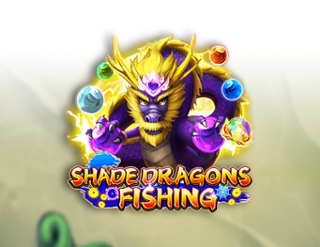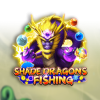Discover the thrilling world of Pontoon—understand its history, master the rules, and unlock winning strategies to play like a pro!
Does “pontoon” sound familiar to you? Not the floating bridge, but the exciting card game!
If you’re a fan of blackjack, there’s a high chance you’ve come across pontoon before. But what exactly is pontoon? How is it related to blackjack, and what makes the gameplay different? Don’t worry—we’ve got all the answers for you right here.
In this post, we’ll take you on a journey through the history of pontoon, explain the rules, and highlight how it diverges from blackjack. Plus, we’ll share some nifty strategy tips and tricks to up your pontoon game!
The History of Pontoon
Let’s travel back in time to understand where pontoon comes from and how it has evolved.
Initially, the game wasn’t called “pontoon”—its original name was Vingt-Un, often referred to as the “British domestic version of Twenty-One.” The game traces its roots to 18th-century France, Britain, and Prussia. By 1800, the basic rules were established in Britain, with more complex rules added in the 19th century.
During World War I, British soldiers started calling it pontoon, a distorted version of the French “vingt-un.” This new name didn’t catch on right away, with Vingt-et-Un remaining common until the late 1930s.
By 1981, pontoon had grown so popular that it became the third most-played card game in Britain, right after rummy and whist. The rise of blackjack was one major reason for its success.
How to Play the Pontoon Card Game
If you know the rules of blackjack, then you’re already halfway to mastering pontoon! The game is typically played with a standard 52-card deck, with 2 to 4 players (up to 8 players are allowed).
In pontoon:
- Aces can be 1 or 11 points.
- Face cards (King, Queen, Jack) and 10s are all worth 10 points.
- The goal? To get a hand value higher than the banker’s without going over 21.
The banker is always present in pontoon, and their role is to deal the cards. Players place their bets before cards are dealt, and each receives one face-down card. The banker’s card is also face-down, but they cannot look at it until the game progresses.
Step-by-Step Guide to Playing Pontoon
- Place Your Bet
Before the game begins, all players must place their bets. - Receive Your Cards
The banker deals two face-down cards to each player, including themselves. Players can’t look at their cards until all hands are dealt. - Hit or Stand
Players now decide if they want to “hit” (take another card) or “stand” (keep their current hand). The goal is to get close to 21 points without going over. - Double Down
Players can double their bet and receive one more card. After doubling down, no further cards can be taken. - Split
If both your cards have the same value, you can choose to “split” them into two hands. This requires an additional wager. - Surrender
If you feel your hand is unbeatable, you can surrender. You’ll give up half your bet, and the hand ends.
The “Five-Card Trick” in Pontoon
Pontoon’s best hand is the “natural” pontoon (Ace + face card or Ace + 10). But there’s also the five-card trick, which occurs when you have five cards without exceeding 21 points. So, does the five-card trick beat a pontoon? Not quite. Pontoon remains unbeatable, but the five-card trick is still a strong hand.
Additionally, players with pontoons or five-card tricks are paid double their wager.
Card Values in Pontoon
Here’s a quick rundown of the card values:
- Ace: 1 or 11 points
- Face cards (King, Queen, Jack): 10 points
- Number cards (2-10): Face value
Pontoon Strategy Tips
Just like blackjack, pontoon has its own strategies. The most basic tip is to carefully consider your hand and the banker’s up card when making your decision. Some options are:
- Hit (take another card)
- Stand (keep your current cards)
- Double down (double your wager and take one more card)
Don’t be afraid to surrender if you feel your hand can’t win. Sometimes, it’s the smart move.
Blackjack vs. Pontoon: The Final Verdict
Pontoon and blackjack are clearly related, but they are two distinct games. Each has its own rules and strategies. Want to dive deeper into the differences? Check out our blackjack guide for more details on the game’s rules and how it compares to pontoon.
That’s all for today’s pontoon breakdown. We hope you learned something new and enjoyed the journey with us. Good luck, and may the cards be in your favor!















